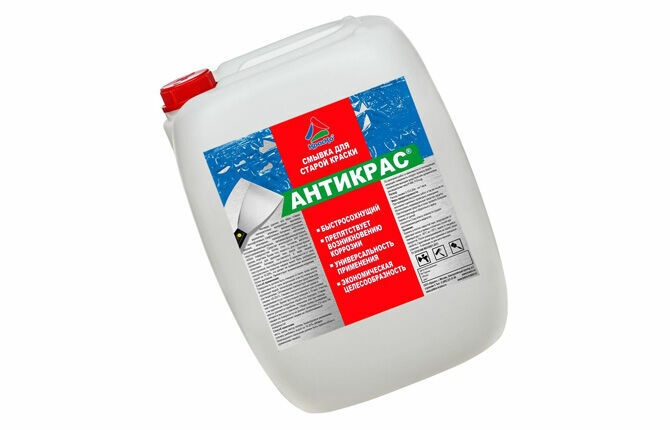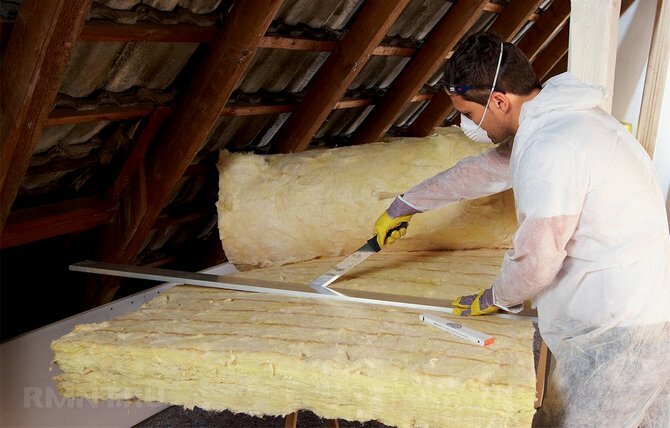Renovation and decoration of the walls of an apartment often becomes a serious challenge. Now in stores there are different materials for carrying out such work. It can be difficult to choose something specific. But plaster for concrete, the advantages and disadvantages of which are discussed below, is considered the most popular finish.
The content of the article:
- What is decorative concrete plaster
- Features and types of plaster
- Advantages and disadvantages
- Concrete plastering technology
- Consumption of plaster for concrete
- Famous manufacturers
- Using plaster in the Loft style
- Summing up
What is decorative concrete plaster
The secret to a good renovation is in perfect walls. For decorating an apartment in the now fashionable loft, grunge or military styles, decorative plaster for concrete is ideal. These are special mixtures based on microcement or microconcrete. Applying them, the walls are finished quickly, with high quality, various textures are reproduced. After renovation, the apartment looks creative and fashionable.
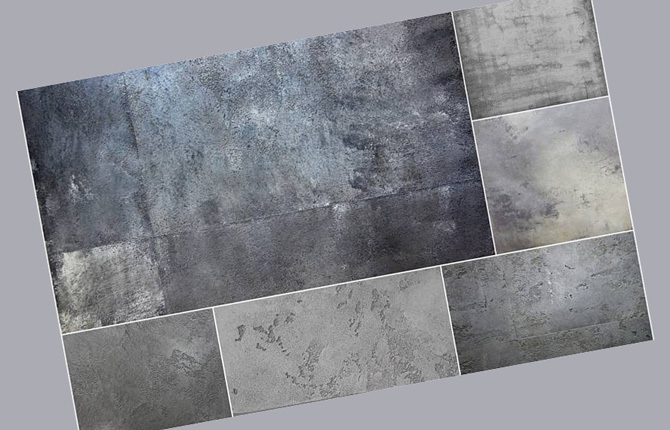
Concrete plaster
Decorative plaster under the concrete is used to decorate different rooms:
- commercial;
- production;
- residential.
It successfully complements the interior and is combined with:
- plank floors;
- glass windows;
- wood furniture;
- brick partitions;
- iron decorative items - lamps, chairs and others.
Features and types of plaster
The stores offer dry, ready-made plastic mixes for plastering. They differ in composition, advantages, disadvantages from conventional cement. Various additives, additions that improve properties have been added to them. The mixtures also contain sand, small pebbles or stone chips to result in a rough, non-uniform "playing" wall.
Manufacturers produce mixtures based on microcement or microconcrete.
| Microcement base | Micro concrete base | |
| Composition | Aquacement, microfino, polymer additives, dye, mineral chips are absent | Cement, modifying additives, resins, dyes, quartz chips |
| Application area | Indoor premises, bathroom, toilets, furniture | External and internal work |
| Mix structure | Very thin, homogeneous | Porous |
| Properties | Resistant to salts and chlorine, high humidity | High plasticity, adhesion, hygroscopicity |
Advantages and disadvantages
Any material has advantages and disadvantages. The advantages of concrete compositions outweigh their disadvantages.
The material is lightweight, but at the same time durable. Any walls covered with these mixtures are not heavier.
The coating is heat resistant. The application of plaster for concrete is permissible on a metal, plastic or wooden base. The composition has good adhesion to the material that is coated with it. The advantages also include the fact that decorative plaster for concrete does not absorb any extraneous odors (even the strongest ones).
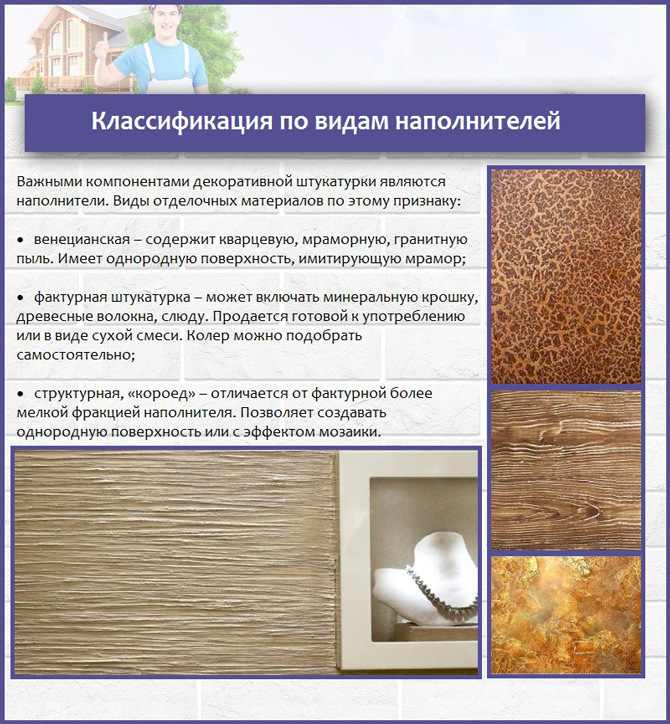
Classification of decorative plaster by type of filler
Aquacement-based mixtures are highly resistant to moisture. Using them in rooms with constantly high humidity is an excellent solution to the problem. The advantages of plastered walls include resistance to mold formation, mechanical stress, incombustibility.
The composition for concrete is easy to apply, dries quickly. With its help, you can create various patterns, decorative effects. Surfaces covered with such plaster are easy to clean and resistant to chemicals.
After the work on applying the composition, there is no debris left. Plaster goes well with other materials used in the interior. With the help of mixtures, they eliminate, hide defects on the surface of the walls. Also, the compositions have good sound and sound absorbing properties.
Despite the advantages, there are still disadvantages. Decorative plaster for concrete is not a cheap finishing material. In addition, during the work, the mixtures have a toxic effect on the body, therefore, instructions for use are followed, safety rules are followed.
Concrete plastering technology
At the preliminary stage, it is necessary to prepare tools and PPE. Their list is easy to compile, based on the advice of professionals:
- The composition is applied using gloves, respiratory protection (respirator, protective mask), vision (glasses, transparent shield).
- Before applying the plaster, the surface is cleaned of the old coating. To prepare the walls, the ideal solution is a sander, spatulas, sandpaper of various grain sizes.
- To apply the mixture, use a spatula, a trowel for layering, and a shading sponge.
- For work, you will need a bucket or a large container for diluting the dry mixture, an electric drill, and a mixer attachment for mixing.
The mixtures are sold both dry and ready-made, already diluted.
Before applying a new coating, prepare the surface:
- the old coating is removed;
- irregularities are removed;
- obvious defects are eliminated - cracks, chips, potholes;
- covered with primer (after that the surface should dry completely).
Then decorative mixtures are applied. If the composition is purchased dry, it is diluted following the manufacturer's instructions.
It is important to remember that concrete plaster sets instantly, in about 30-40 minutes. They work quickly or do not dilute too much dry mix at once. At the end of the process, the surface is covered with 3 layers of protective varnish to prevent destruction.
Apply layer-by-layer plaster for concrete:
- Base layer. Its thickness is determined by the size of the granular inclusions present in the composition. The layer should dry completely, then sand it with sandpaper (grain size up to 130).
- The main (or intermediate) layer. It is left damp, since here the texture (drawing) is formed on the surface. With the help of a sponge, a broom or the corner of a spatula, stains are created, scratches, strokes are applied. Next, the layer should dry out. After that, it is permissible to correct it with sandpaper.
- Special impregnation from moisture (if necessary).
- Ironing and polishing. Rub the surface with wax. The easiest way to do this is with a sander with a soft felt or wool attachment.
A simple and quick way to apply decorative plaster under concrete - video tutorial.
Consumption of plaster for concrete
At the factory, when manufacturing, indicate on the packaging the approximate consumption of the mixture per 1 m2 of surface. In fact, mostly more plaster for concrete will go (this is taken into account in the calculations). It all depends on:
- planned design;
- the condition of the surface before starting the repair.
Famous manufacturers
The leaders of the Russian market are firmly held by the five trains recognized by the builders:
- Knauf (Germany). The products are of high quality, inexpensive. Concrete renders are made on the basis of Knauf-diamond cement. In stores, 4 varieties are sold to create various surface options: a rough, granular structure (fur coat), furrowed (bark beetle), with various fractions of inclusions. The base color is white. But after plastering, painting in any other shade is permissible. Suitable for outdoor, indoor use. After application, the plastered surfaces are resistant to moisture, light mechanical stress. They easily tolerate high humidity. Not bad for insulation, sound insulation.
- San Marco (Italy). With the help of these mixtures, durable cement patterns are created in the interior. Plaster for concrete is durable, breathable, harmless to humans. Consists of cement with acryl-siloxane copolymers. Plaster can easily achieve the effect of aged concrete or formwork. The price segment is premium. There are 30 types on the market. The advantage is economical material consumption. On average, this is 0.8-1.3 kg / m2.
- Spiver (Italy). The so-called Venetian plasters. They are used for external and internal works. Many types are sold that create coatings with different effects: imitation of marble, natural stone, shimmering crystals, velvet, craquelure (crack effect) with splashes. The consumption of the plaster mixture depends on the selected composition.
- VGT (Russia). On sale there are 16 types of concrete plaster with various texture effects, including bark beetle, Venetian. It is used for external and internal works. Basically, these are textured mixtures with dolomite inclusions. Craftsmen achieve the effect of natural stone or concrete when decorating walls. The compositions are suitable for interiors with a rough texture of surfaces in the loft and military style.
- Lakra (Russia). Available in 3 versions. There is a plaster for concrete with the effect of a fur coat, bark beetle, granularity. Suitable for outdoor, indoor use. It is used for plastering walls and ceilings. The base color is white. Add color to the composition or paint surfaces already covered with plaster. High resistance to moisture, weathering, mechanical stress. For 1 m2 of surface, no more than 2 kg of mortar is required.
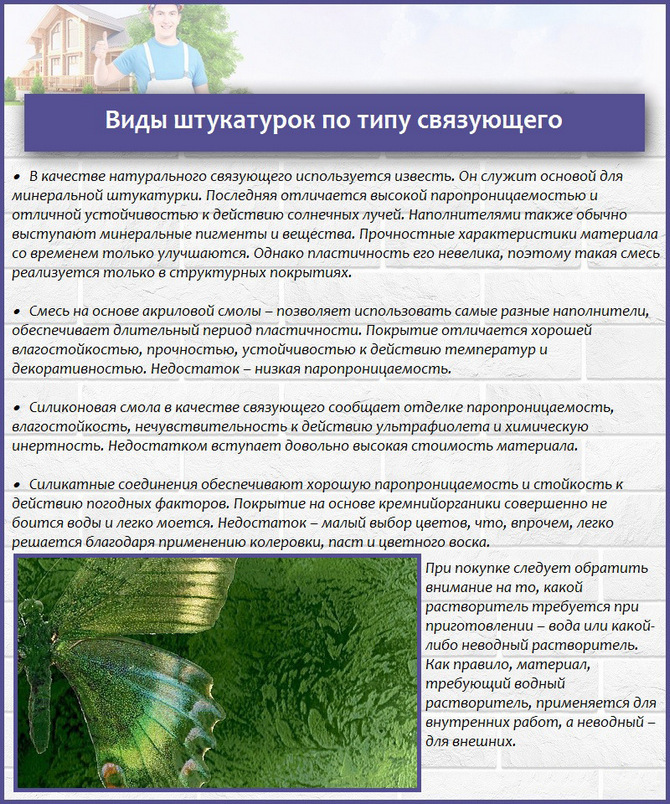
Using plaster in the Loft style
One of the common types of finishes is plastering. Concrete plaster applied in the interior makes it easy to implement bold ideas. An imitation of a rough stone or concrete surface is popular, which is actively used to decorate loft-style apartments.
Admirers of the style are attracted by the brutality, which gives the impression of the reliability of the walls. People feel secure. This interior, in an ensemble with the minimalistic decoration of the apartment, gives such a feeling.
Gray concrete has different shades, rich colors. In combination with interior items in loft solutions, it looks perfect. Concrete and stone with a feeling of cold emphasize the warmth of natural materials, which are additionally used in the arrangement of an apartment or house.
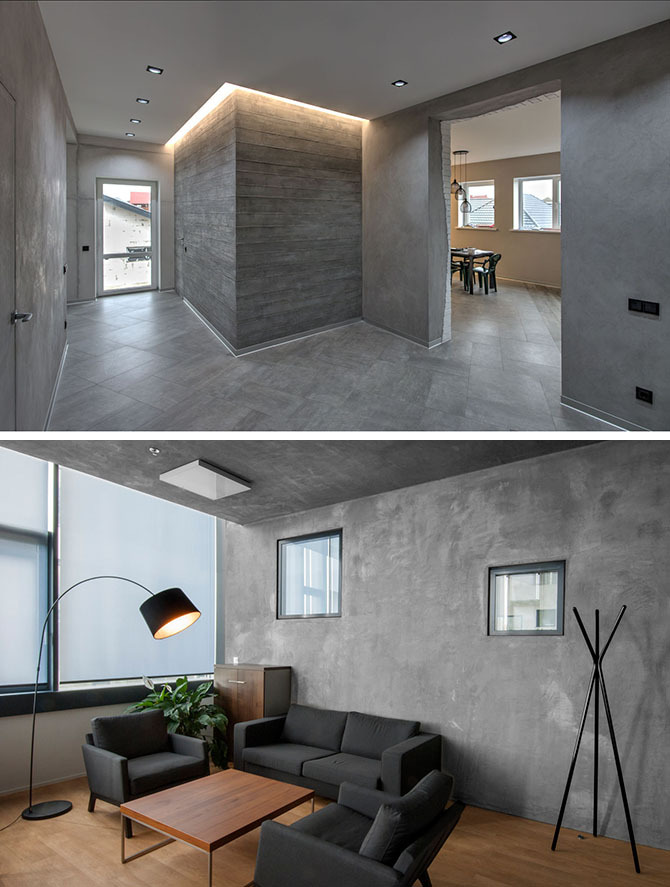
Decorative plaster for concrete in the interior
Summing up
Loft, military, grunge - styles that are ideal for extraordinary conceptual personalities. Plastering for concrete allows you to demonstrate at a high level the possibilities of decorating housing for this style. The compositions are easy to apply, moisture resistant, with good strength characteristics, noise absorption, etc.
Considering all the features of plaster for concrete, this finishing option has earned the love of master finishers and designers. Therefore, now the material is often used to embody ideas in the interior of apartments and houses.
Do you like this finish? Write in the comments. Bookmark the article and share the link on social networks.
We recommend the video: How to apply decorative concrete to the walls.
Sources:
- https://kvartirnyj-remont.com/shtukaturka-pod-beton.html
- https://kladembeton.ru/montazh/materiali/dekorativnaya-shtukaturka-pod-beton.html
- https://pobetony.expert/stroitelstvo/shtukaturka-pod-beton
